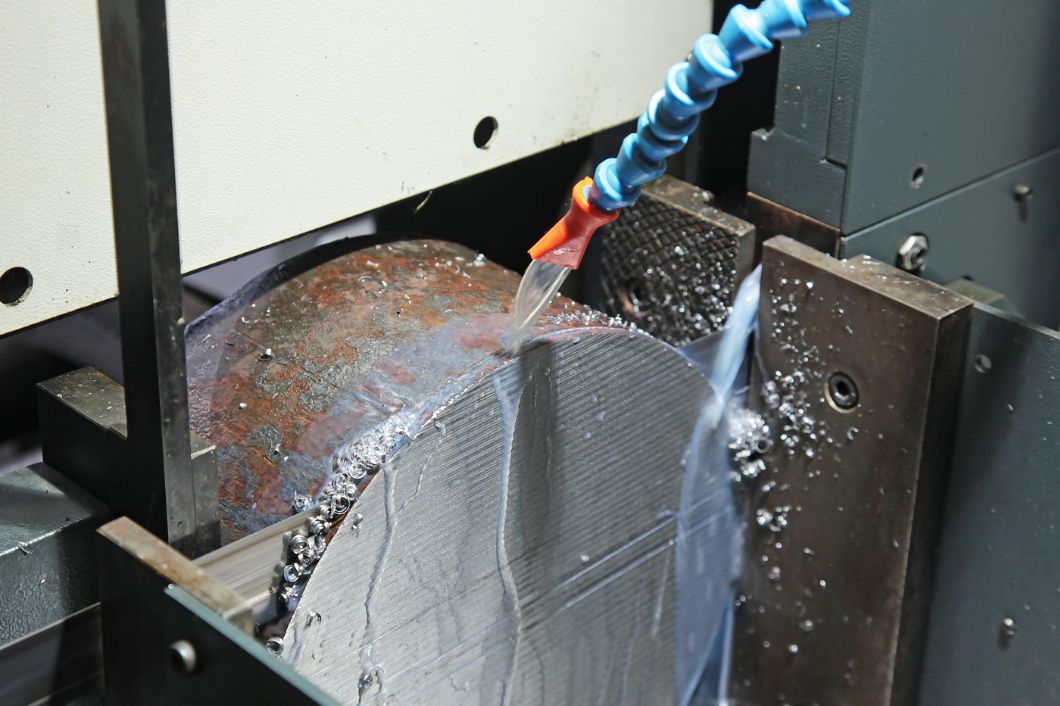If you’re involved in metalworking or machining, you’ve probably heard the term “cutting fluid” before. But what is a cutting fluid, and why do you need one? Delve into the realm of cutting fluids, explore their importance, and learn about the different types to ensure smooth operations when cutting metal.
Understanding Cutting Fluids
Cutting fluids, also known as coolants or metalworking fluids, are liquids used in the metalworking and machining processes to cool, lubricate, and protect the workpiece, the cutting tool, and the machine itself. The primary functions of cutting fluids include:
- Cooling: Cutting fluid reduces the heat generated during the cutting process to prevent damage to the workpiece and the cutting tool.
- Lubrication: Cutting fluid minimizes friction between the cutting tool and the workpiece to reduce wear and tear on both.
- Chip removal: Cutting fluid aids in removing metal chips and swarf (the waste material produced during machining) to keep the work area clean.
- Corrosion protection: Cutting fluid prevents rust and corrosion from forming on the workpiece, cutting tool, and machine components.
Types of Cutting Fluids
There are several types of cutting fluids to choose from, depending on the specific requirements of your machining process.
Water-Based Cutting Fluids
These are often referred to as soluble oils or emulsions. They’re essentially mineral oils mixed with water and contain emulsifiers to form a stable emulsion. Water-based cutting fluids are excellent coolants, but their lubrication properties may not be sufficient for heavy-duty machining operations.
Straight Oils
Straight oils are generally petroleum-based, containing various additives such as sulfur, chlorine, or phosphorus to improve lubrication and extreme pressure (EP) characteristics. These oils have very good lubrication properties but may not provide adequate cooling compared to water-based fluids, making them more suitable for low-speed machining processes.
Synthetic Cutting Fluids
As the name suggests, synthetic cutting fluids are entirely composed of synthetic compounds. This means they do not contain petroleum derivatives. They offer good cooling and lubrication properties and are relatively clean to use, making them ideal for high-precision machining operations.
Semi-Synthetic Cutting Fluids
These fluids blend synthetic and mineral oils, offering a balance between the cooling properties of water-based fluids and the lubrication of straight oils. They’re versatile and can be used in various machining processes, from light-duty to heavy-duty applications.
Choosing the right cutting fluid for your machining process is essential to achieve optimal performance and prolong tool life. Now that you know what cutting fluid is and why you need one for your work in the metalworking or machining industry, you can ensure a safe metal-cutting process.



